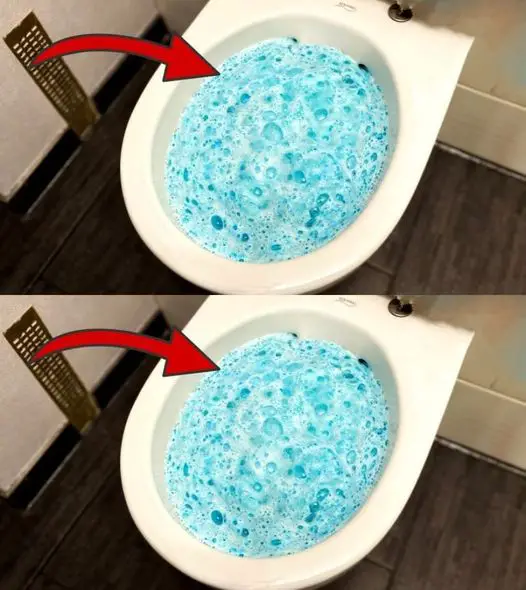Maintaining a clean and odor-free toilet is a common household challenge. While numerous commercial cleaners are available, many contain harsh chemicals that can be harmful to both health and the environment. An effective, eco-friendly alternative is white vinegar, a natural substance renowned for its cleaning and disinfecting properties.
The Science Behind Vinegar’s Cleaning Power
White vinegar contains acetic acid, which gives it a low pH. This acidity enables vinegar to dissolve mineral deposits, dirt, grease, and grime. It’s also potent enough to kill bacteria, making it a versatile cleaner for various household applications.
Addressing Common Toilet Issues with Vinegar
One prevalent problem in toilets is the buildup of mineral deposits and stains, often resulting from hard water. These deposits can lead to unsightly rings and discoloration in the toilet bowl. Vinegar’s acidic nature effectively breaks down these mineral accumulations, restoring the toilet’s cleanliness and appearance.
Step-by-Step Guide to Cleaning Your Toilet with Vinegar
- Empty the Toilet Bowl:
- Begin by flushing the toilet to lower the water level, exposing the stained areas.
- Apply Vinegar:
- Pour approximately 2 to 3 cups of undiluted white vinegar directly into the toilet bowl, ensuring it covers the stains and reaches under the rim.
- Let It Sit:
- Allow the vinegar to sit for at least 30 minutes. For tougher stains, letting it sit overnight can enhance effectiveness.
- Scrub the Bowl:
- Using a toilet brush, scrub the bowl thoroughly, focusing on stained areas and under the rim.
- Flush:
- After scrubbing, flush the toilet to rinse away loosened deposits and residual vinegar.
Preventative Maintenance
Regular maintenance can prevent the recurrence of stains and mineral buildup:
- Weekly Cleaning:
- Incorporate vinegar into your weekly cleaning routine by pouring 2 cups into the toilet bowl, letting it sit for 30 minutes, then scrubbing and flushing.
- Tank Maintenance:
- Periodically, clean the toilet tank to prevent the buildup of deposits that can affect flushing mechanisms. Turn off the water supply, flush to empty the tank, fill it with a solution of equal parts vinegar and water, let it sit for 12 hours, then scrub and flush. homesandgardens.com
Additional Benefits of Using Vinegar
- Odor Elimination:
- Vinegar neutralizes unpleasant odors, leaving the bathroom smelling fresh.
- Eco-Friendly:
- Unlike many commercial cleaners, vinegar is biodegradable and free from harmful chemicals, making it safe for septic systems and the environment.
Safety Considerations
- Avoid Mixing with Bleach:
- Never mix vinegar with bleach or products containing bleach, as this can produce toxic chlorine gas.
- Material Compatibility:
- While vinegar is safe for most toilet materials, avoid prolonged contact with rubber components, as the acidity may degrade them over time.
By utilizing white vinegar, you can effectively tackle common toilet cleaning challenges in an economical and environmentally friendly manner. Regular use not only maintains the cleanliness and hygiene of your toilet but also contributes to a healthier home environment.

